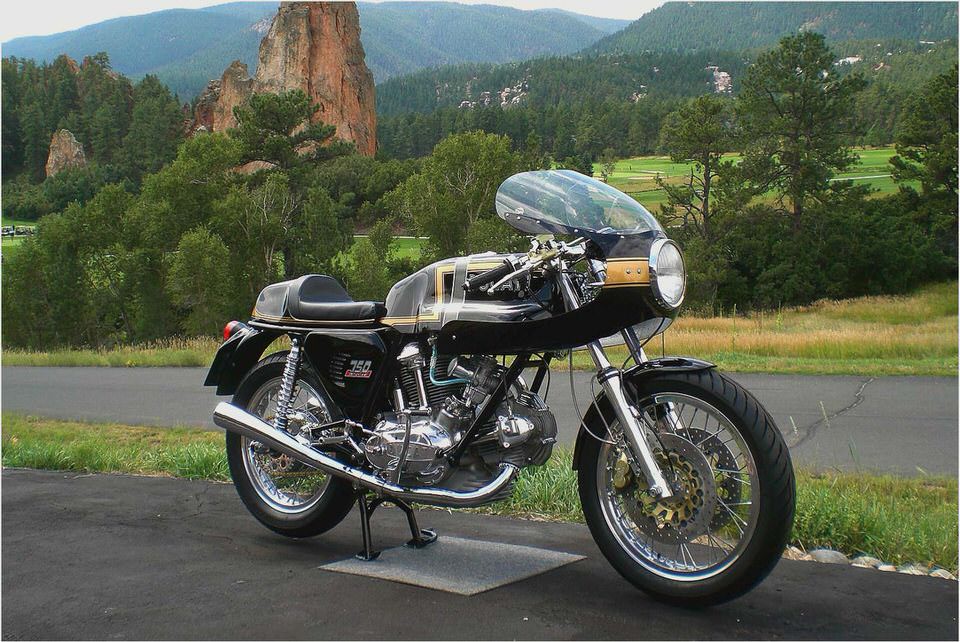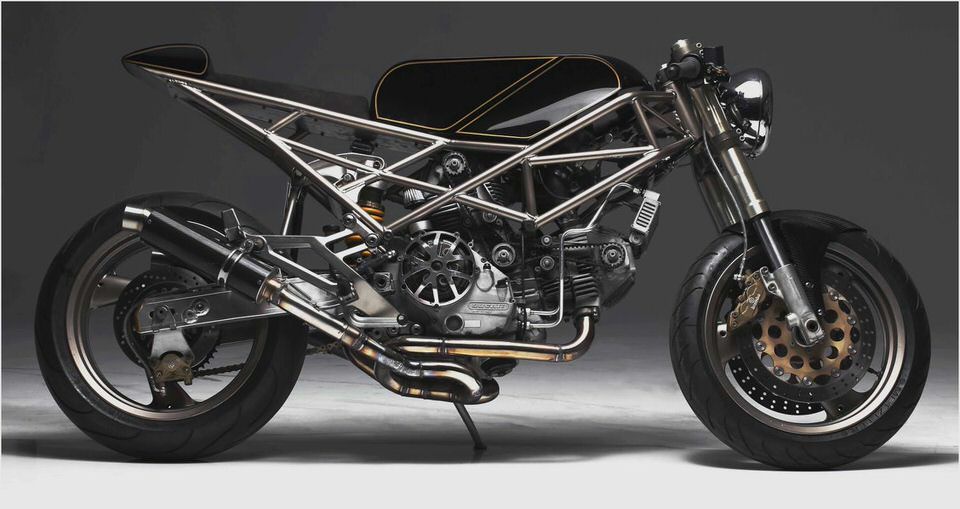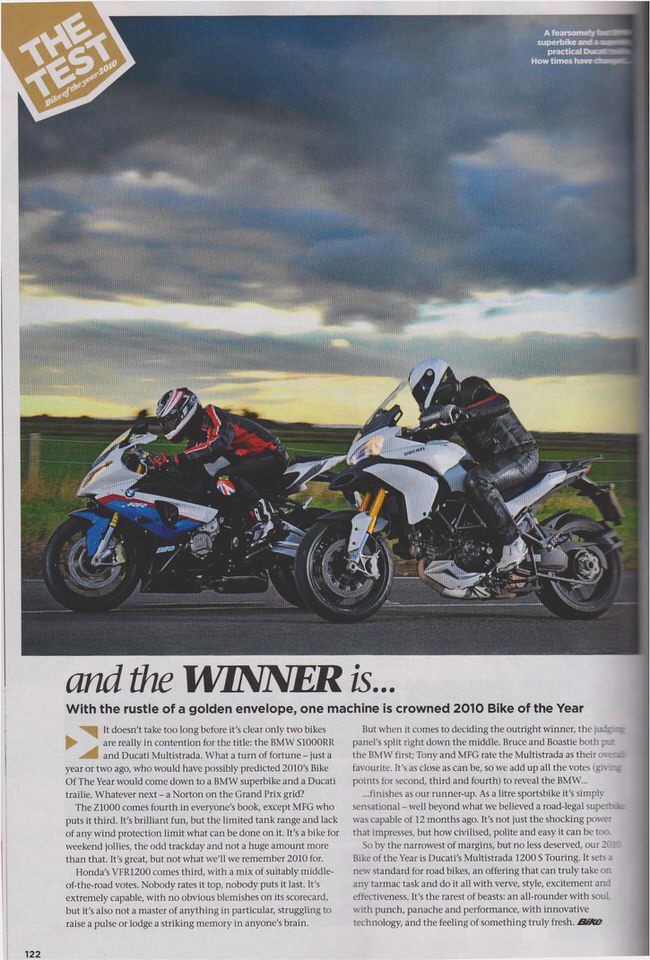
Ducati Museum, Hallowed Halls
During one of my lunchbreaks at Ducati Corse, I spent a few minutes in the Ducati Museum. I would have loved to have spent hours.
They don’t build generators, or keyboards, or heavy equipment, or cars. They build motorcycles. Racing motorcycles. – Colin
I couldn’t agree more, Colin, though there were times when Ducati built far more than just Motorcycles. Like any pre-war motorcycle company, during the lean years, Ducati branched out and made an assortment of products. Yamaha is known as the Tuning Fork Company, for making pianos, guitars, and the like, but Ducati has retained it’s image as a motorcycle company through and through.
Fine details abound on the Museum bikes, and I saw quite a few period props, like original leather suits and helmets. Later, I saw more bikes destined for the Museum being stored in the main factory hangar. It’s a good time to visit, if you haven’t been here already.
Who can tell me what the mysterious lever is for on the right part of the top triple tree (the one with the cable that goes. nowhere)?
I love studying vintage racebikes, particularly because I see the trail of innovation through the years. I love learning how the engineers found solutions for problems at the time, before CAD, before mass-production, before high quality metals. Want to experiment with the rear suspension?
Cut the shock mounts off and weld on some new ones to change the shock angle! This is probably the main reason why I love MotoGP so much. It’s virtually a no-holds-barred contest to see who can put together the best package to go fast.
I say virtually, because there are still some rules in place, like fuel capacity limits (which is actually a huge factor), but compared to WSBK there’s a lot more freedom of design. Which brings me to my next point — that the bikes Ducati builds for the street are heavily influenced by what they want to race, and what they do race. A perfect example are the (street) Superbikes made by Ducati, which are very similar to what the factory races in WSBK.
Yes, they aren’t the easiest machines to work on, and yes, they are definitely not the most comfortable, but if you want to buy the closest thing to a race replica you can get, there’s no better option than one of the 999R’s. Or next year, the 1098 Tri-Colore!
I have always felt that one of the true strong points of the Ducati was its chassis. Their traditional steel tube trellis frame has lent itself to some great racebikes, and it’s continued usage in a category as demanding as MotoGP proves it’s value. The current GP7 800cc frame has quite possibly the beefiest neck of any motorcycle I’ve ever come across.
Many people don’t realize how strong the forces are that a racing chassis is subjected to, partially because of the higher speeds, higher horsepower, and most of all, the higher traction levels of race tires. What I never realized before was how much time and effort goes into designing the race engines at Ducati. While I will always consider Harley-Davidson to be The Motor Company, Ducati has some beautiful engines out on display that could make me re-think that.
Bottom line, though, is that HD builds engines, and Ducati builds racebikes.
The SuperMono engine above belongs to a bike just like this. I have a special appreciation for horizontal singles ( click here or click here ), and the SuperMono is the ultimate expression of a flat racing single. There’s a nice history to this bike, also, in that there was a spec racing series for it here in Italy.
I emailed this photo to a young boy I know, so his father could begin to explain to him how an engine works. Maybe I’ll be competing against him some day, or maybe he’ll design something even more fantastic. The future is a beautiful place.
Here’s a nice example of a hopped up pre-testrastretta twin.

And here’s a nice Ice Racer to stuff it into!
A rare triple cylinder Ducati engine, but what’s notable here are the exhaust ports. Like a modern day high performance single (think Motocross, or KTM), the exhaust flow is routed straight from each valve to the pipes, and then merged together much later. This motore is 35 years old.
Here is the Ducati GP3, the Catalunya race-winning machine piloted by Loris Capirossi in 2003. The holes in the front fairing and long undertray differentiate the bodywork from later models, and also the swingarm and rear exhaust routing are quite different from the later editions. This blunt nosed masterpiece is one of my favorite motorcycles of all time.
It is a shark, and it will bite.
This isn’t Ducati’s first foray into building a high performance V4, either. Forty three years ago, Fabio Taglioni designed this beautiful 1260cc V4, the Apollo, in an attempt to take police bike business away from Harley-Davidson. The world might be a very different place today if we’d been forced to contend with a monster like that on the streets back then.
Speaking of HD, Ducati also built a Cruiser. Here it is.
If you’re going to visit the Ducati Museum, who better to speak with than Pierre Terblanche, designer of the 999, Multistrada, Sport Classic series, and the urban powerhouse, the Hyper-Motard! We spent some time discussing possible options for the Hyper-Motard, and while I’m not holding my breath for a MotoLiam edition, if things happen like I want them to, I’ll definitely take responsibility for my ideas!
There’s a small section where some of Ducati’s victories are celebrated, and the center of the Museum features a helmet shaped room with the GP3 in it, along with some inspirational video playing on the back wall. If the new bikes coming out are any indication, the trophy case needs to get bigger – and soon!
Next year’s GP7 is already on the track, and looking good!

- Ducati Multistrada 620 (2005 – 2008) review – Adventure – Motorcycles…
- Ducati – Motor Valley
- Ducati 900SS FE – Bikes Details Video – Motorcycles
- 2010 Ducati Streetfighter First Ride – Motorcycle USA
- Ducati Sport 1000s Parts Manual Owners Guide Books

